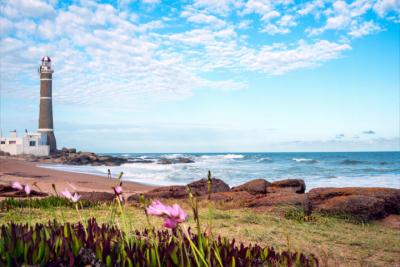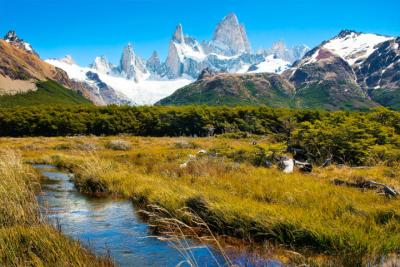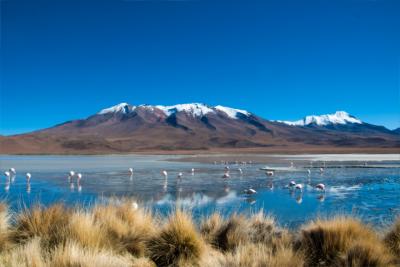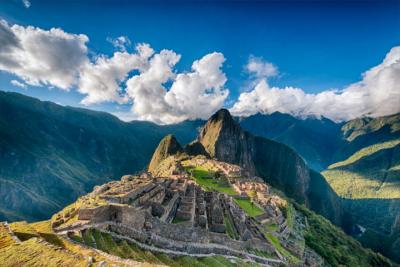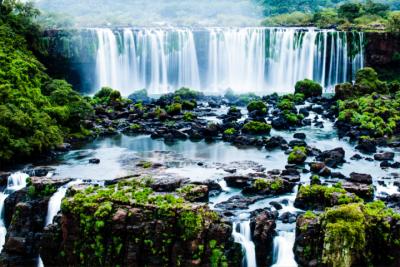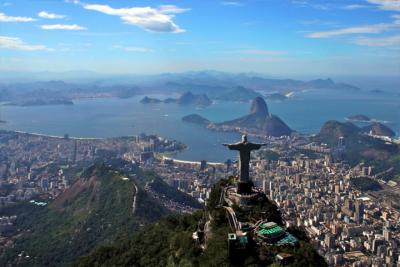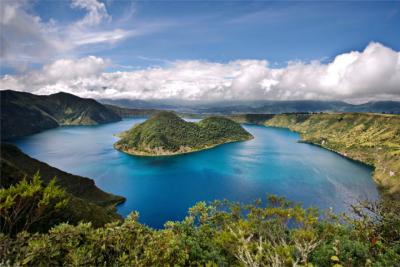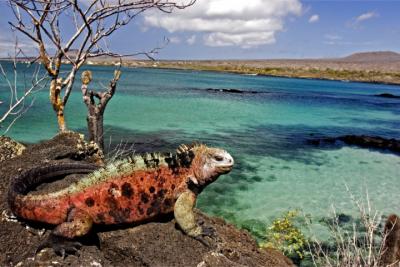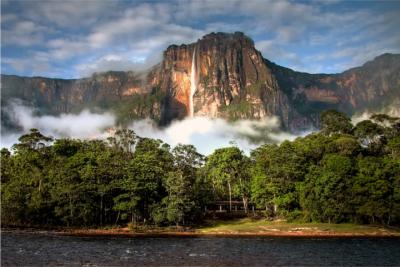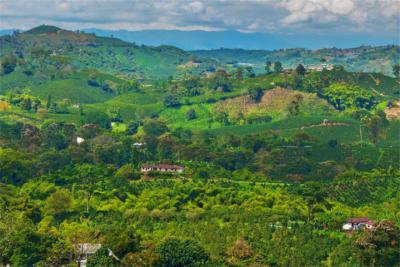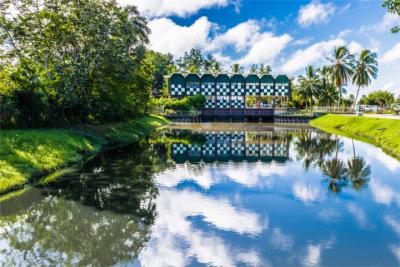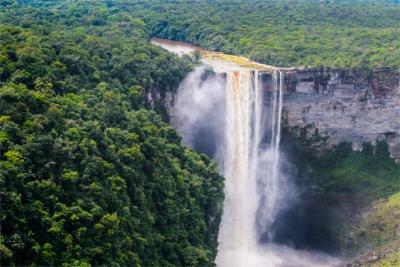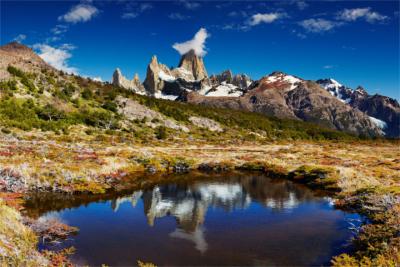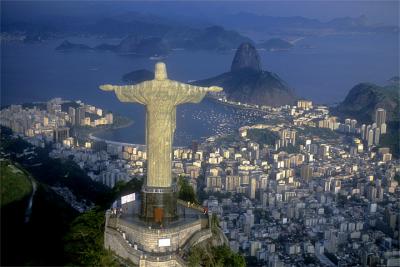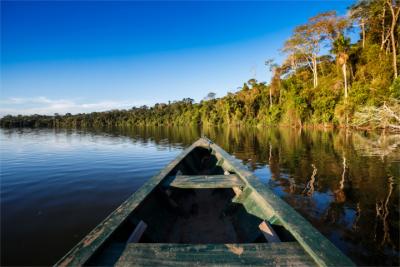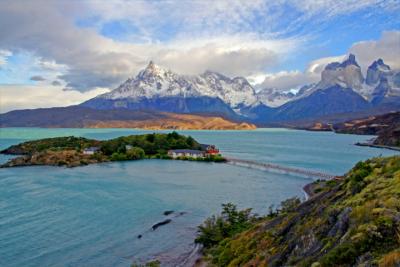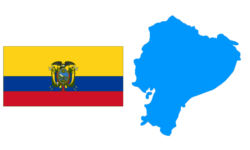Travel Offers
Travelmyne Featureprint
Distance
Ecuador - Extremely Close to the Equator
Voracious piranhas in the Amazon, age-old people and the phenomena on the equatorial line - the country of Ecuador is rich in myths and exciting legends. Many great discoverers travelled the bubbling volcanoes and fertile Andean valleys and were fascinated by the adventurous stories of the Inca and the Native Americans.
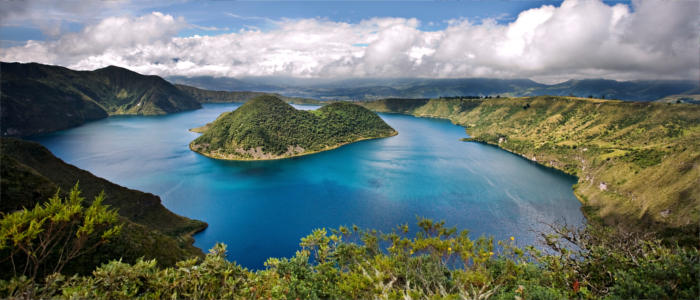
Geography - To the equator and back
The Republic of Ecuador lies between Columbia and Peru in the north-west of South America. The country was named after the most famous line on earth - the equator. Where else do travellers have the opportunity to stand in the northern and the southern hemisphere at the same time? Ecuador is divided into 24 provinces. Six of them are located in the Amazon Basin but most provinces, including the capital of Quito, lie in the Andean highlands (Sierra). The remaining seven provinces are located in the coastal region of Costa. This is also the location of the country's biggest city Guayaquil. One of the coastal provinces is Galápagos. However, the famous Galápagos Islands are almost 1,000 kilometres away from the mainland. Due to the great variety of landscapes and the great altitude differences, Ecuador offers a wide range of climate zones but the temperatures are constant throughout the year because of the country's position at the equator.
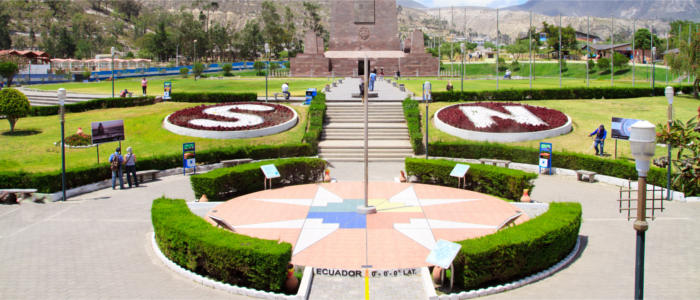
Nature - The only constant is diversity
Ecuador is the smallest Andean country. Nevertheless, it displays extreme natural variety. Alexander von Humboldt once said that the only constant in Ecuador's geography is its diversity and he was absolutely right. There is hardly any other country which offers this many species of plants and animals and such a variety of landscapes. There are four landscape areas: the coast (Costa) with its fertile hilly land at the Pacific Ocean, the vast river system of the Guayas River and the only natural harbour in the west of South America, the Andean highlands (Sierra) and the high valley between the Cordillera Occidental and the Cordillera Central. The Andean highlands are characterised by mountains and basins. Some of Ecuador's most important cities are located here. In addition, the region accommodates most of the country's volcanoes. Ecuador is one of the countries with the most volcanoes on earth. 55 have been recorded so far, 18 of which are active at the moment. Some of them are even designated hazardous. Behind the mountains, you see the Amazon Basin with the vast rainforests and cloud forests. This region shows another extreme. There is hardly any other place on earth which has such a high density of rivers. Of course, these special latitudes are home to many special animal species. Mountain tapirs, ocelots, jaguars, armadillos as well as howler and spider monkeys are only a few examples.
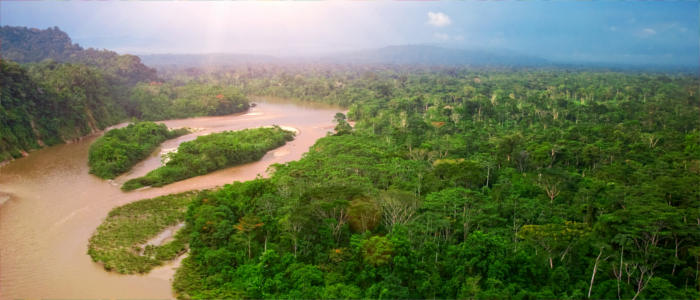
Natural sights - Fiendishly beautiful landscapes
Ecuador is of particular interest to lovers of nature. Active volcanoes such as Cotopaxi (5,897 m) or Chimorazo (6,310 m) as the greatest one among them make discoverers' and adventurers' hearts leap for joy. The country has adjusted to tourists' extraordinary interest and offers a great number of hiking and mountaineering tours in these regions. From the tourist resort of Baños de Agua Santa, which lies in a valley, visitors reach the volcano of Tungurahua and the wonderful thermal springs at the foot of the volcano, which are heated by the interior of the earth. Brave travellers reward themselves with a relaxing bath. Not far away you see the waterfall of Pailon del Diablo ("cauldron of the devil"). An exciting activity is a ride on the Trans-Andean Railway on the legendary Avenue of Volcanoes on the Andean highlands. The highlight on this trip is the so-called Devil's Nose (Nariz del Diablo) - a very impressive ledge, which juts over the gorge of the Chanchán River. Several dead volcanic craters filled with water in the course of the centuries and constituted beautiful crater lakes. One example is Quilotoa. The volcanic minerals coloured the water green. It gets even greener in the vast rainforests. Visitors can spot the rarest plants and animals which the country has to offer here.
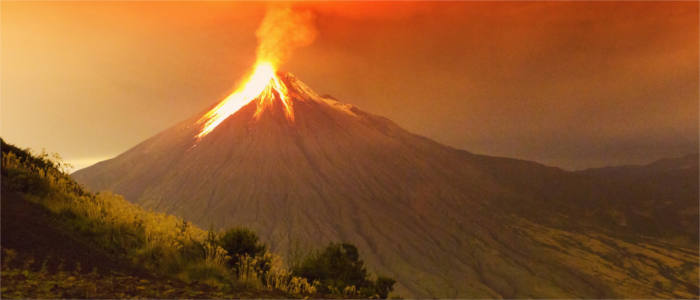
Culture - Native Americans, Inca and the Valley of Longevity
The present-day territory of Ecuador was once settled by proud Native American tribes. It was not before the 15th century that the Inca arrived and built numerous towns and temples, some of which have been preserved to the present day. The Inca Empire ended with the arrival of the first Europeans in the 16th century. Spanish sailors occupied the country and a fight for independence started. Ecuador's inhabitants only had success in the 19th century with the freedom fighter of Simón Bolívar. Ecuador finally gained independence in 1821. Today the nation is one of the most populous countries in South America. The descendants of native inhabitants only constitute 7 percent of the population with the Otavalo people as the most common group. The Ecuadorians are convinced of being one of the world's longest-lived nations. Vilcabamba is called the "Valley of Longevity" because the people here are said to live particularly long and there is, in fact, an extraordinarily large number of people in the idyllic valley who claim to be over 100 years old.
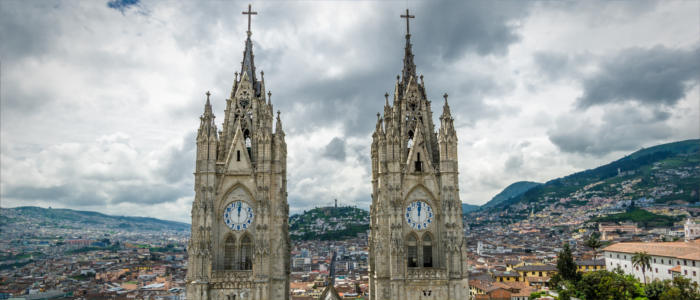
Cultural sights - Fascinating places in the country at the equator
The capital of Quinto in the Andean highlands is the highest situated capital on earth and offers a beautiful old town, which is part of the UNESCO World Cultural Heritage, with the baroque cathedral, colonial buildings and the Church of San Francisco. Quito is also the oldest city in South America. Due to its position in a basin in the middle of the Andes, the city cannot grow any larger. Therefore, it is not surprising that another city has become the biggest in the country - Guayaquil. Not far from Quito you see the country's main attraction: La Mitad del Mundo, also called the "Middle of the World". It is the point where the equator crosses the earth, which fascinates countless visitors every year. You can watch extraordinary phenomena here. The point directly on the equator is, for example, the only place where you can put a raw egg on a nail in a vertical position. You find more fascinating experiments in the museum on the area. One of the most beautiful places in Ecuador is the colonial city of Santa Ana de los cuatro rios de Cuenca. Due to its Old and New Cathedral as well as the many churches, the city in the Andes is also called the "Athens of Ecuador". Besides Cuenca, Otavalo is worth mentioning. It is not known for its buildings but for its impressive position amid three great volcanoes, which make a visit worth one's while.
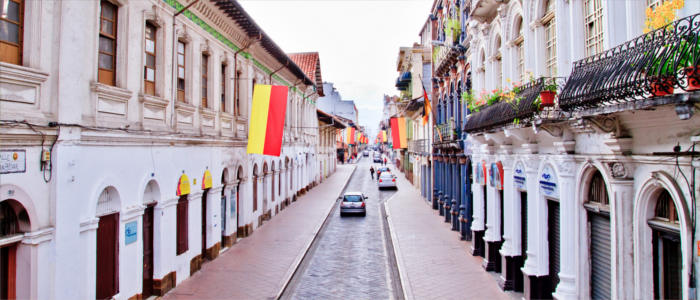
Experience - Ceviche, cuys and other specialities
Food means sociability, family and friends in Ecuador. The social gathering is as important as the choice of ingredients. Rice, fresh fish and chicken are the most common foods. One well-known speciality is seafood, which is served with lemon juice and small onions (ceviche). On specail occasions, the Ecuadorians eat lechón (suckling pig). Many menus list a dish called "cuy". Using a dictionary, travellers find out that "cuy" means "guinea pig" and that the fried guinea pig is part of the traditional Inca cuisine. Experienced globetrotters know that the large wild guinea pigs are typical of South American nutrition and do not have much in common with the pets. Holidaymakers who are interested in a traditional souvenir should definitely visit Otavalo Market - the greatest art handicraft market in South America. Visitors can buy colourful woven blankets and wood carvings or simply browse on the vast market. Ecuador's nightlife is usually relaxed and sociable. There are some bars and clubs in Quito and in the tourist locations.
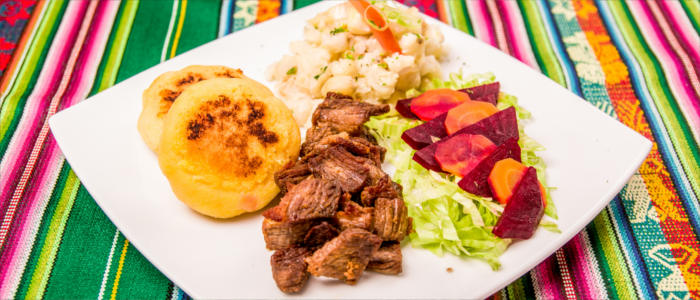
Activities - Action travel in Ecuador
Ecuador offers a respectable range of beautiful beaches, which invite holidaymakers to go bathing and swimming. Surfers also enjoy these latitudes. The coastal town of Montañita, for example, attracts surfers and other water sports fans. Nearby you find diving and snorkelling facilities. Ecuador is a real hotspot for wild rafting tours. Both beginners and professionals can explore the country's many rivers in a kayak, canoe or inflatable dinghy. Deep sea fishing is another popular activity in the South American country at the Pacific Ocean. Besides the ocean, the lakes and rivers in the highlands, which are rich in fish, offer great conditions for going fishing. Brave travellers venture into the Amazon, which is populated by the world's most dangerous river fish - the piranha. You can go on cycling and mountain biking tours in the volcanic region around the Cotopaxi and in the cloud forests. Ecuador generally offers a wide range of exciting leisure activities. Canyoning, paragliding and trekking tours are offered in all tourist locations.
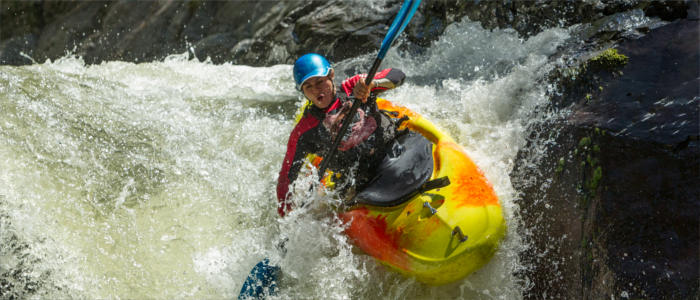
Information
Ecuador is one of the most attractive travel destination in South America. However, visitors should note that the hygienic conditions and health care do not compare to western standards. In addition, protection against Malaria and Dengue fever is very important.
Adrenaline junkies, adventurers and lovers of nature have already discovered that Ecuador is the ideal travel destination. In addition, the diverse cultural landscape also has a lot to offer.

